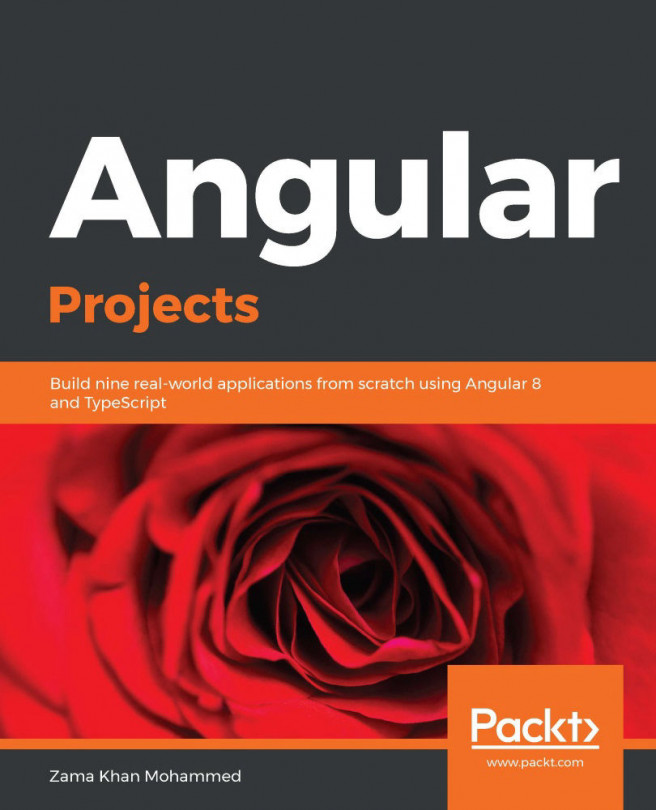Summary
In this chapter, we took a quick overview of the main building blocks for developing SPAs provided by Angular. We pointed out the main differences with the core concepts from AngularJS.
Although we can use ES2015, or even ES5, to build Angular applications, the recommendation from Google is to take advantage of the language used for the development of the framework-TypeScript. This way we can use advanced features such as Ahead-of-Time compilation that we're going to describe in Chapter 8, Tooling and Development Experience.
In the next chapter, we'll take a look at TypeScript and how we can start using it in our next application. We will also explain how with ambient type definitions we can take advantage of the static typing in the JavaScript libraries and frameworks written in vanilla JavaScript.













































































